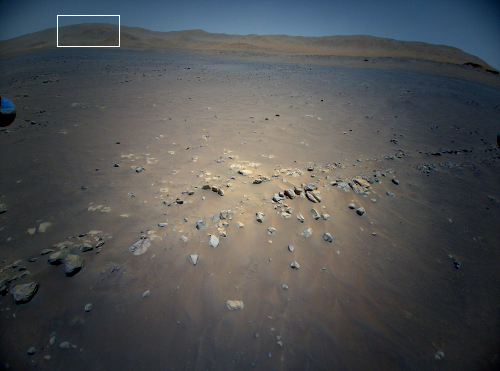Arianespace successfully completes first Ariane 5 launch in almost a year
Arianespace today successfully completed its first Ariane 5 launch since August 2020, placing in orbit two commercial communications satellites.
The long gap in launches occurred because of a vibration issue discovered during that August 2020 launch durng the release of the rocket’s two fairing halves.
Engineers introduced modifications to the Ariane 5’s payload fairing, or nose cone, to reduce vibrations imparted on the satellites during separation of the shroud, which protects payloads during the first few minutes of flight through the atmosphere. Ground teams will analyze data from the rocket to make sure the changes reduced the vibrations.
Another launch is scheduled for September, followed next by the launch of the James Webb Space Telescope in either November or December. The results from today’s launch as well as the one in September will determine if the Webb launch will go forward on time.
These issues with Ariane 5, delays imposed by the company in fear of the Wuhan flu, and other launch problems with Arianespace’s Vega rocket, has meant that this is only its second launch in 2021, a pace that is below its pace for most of the last decade. Whether the company can recover and pick up the pace before the end of the year will depend on what they learn during today’s launch.
With only two launches total, Europe’s Arianespace remains off the leader board in the 2021 launch race:
24 China
20 SpaceX
12 Russia
3 Northrop Grumman
3 Rocket Lab
The U.S. lead over China in the national rankings remains 30 to 24.
Arianespace today successfully completed its first Ariane 5 launch since August 2020, placing in orbit two commercial communications satellites.
The long gap in launches occurred because of a vibration issue discovered during that August 2020 launch durng the release of the rocket’s two fairing halves.
Engineers introduced modifications to the Ariane 5’s payload fairing, or nose cone, to reduce vibrations imparted on the satellites during separation of the shroud, which protects payloads during the first few minutes of flight through the atmosphere. Ground teams will analyze data from the rocket to make sure the changes reduced the vibrations.
Another launch is scheduled for September, followed next by the launch of the James Webb Space Telescope in either November or December. The results from today’s launch as well as the one in September will determine if the Webb launch will go forward on time.
These issues with Ariane 5, delays imposed by the company in fear of the Wuhan flu, and other launch problems with Arianespace’s Vega rocket, has meant that this is only its second launch in 2021, a pace that is below its pace for most of the last decade. Whether the company can recover and pick up the pace before the end of the year will depend on what they learn during today’s launch.
With only two launches total, Europe’s Arianespace remains off the leader board in the 2021 launch race:
24 China
20 SpaceX
12 Russia
3 Northrop Grumman
3 Rocket Lab
The U.S. lead over China in the national rankings remains 30 to 24.













